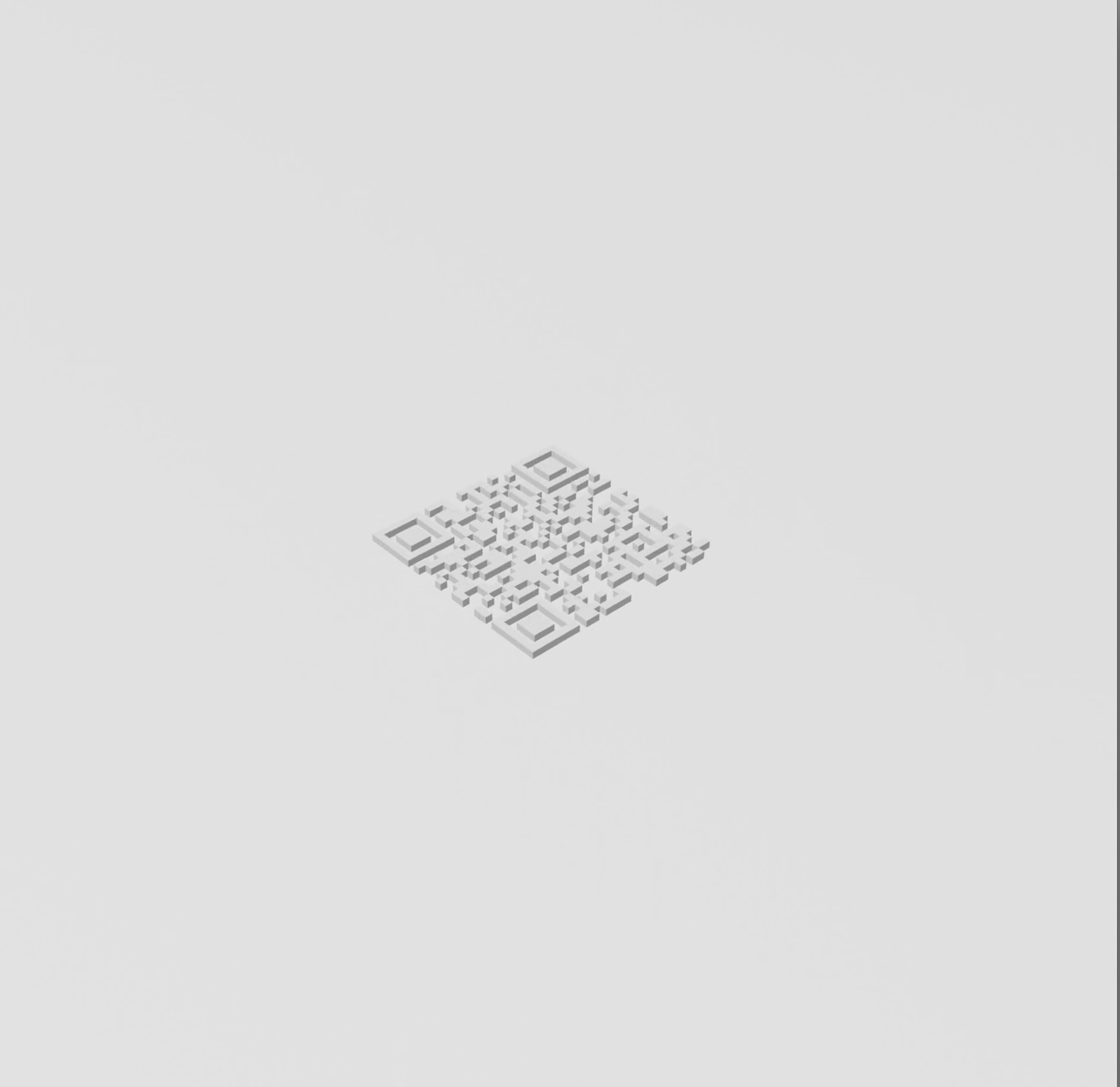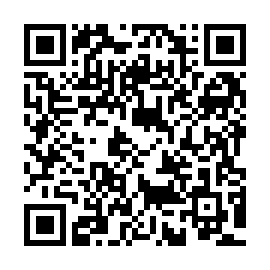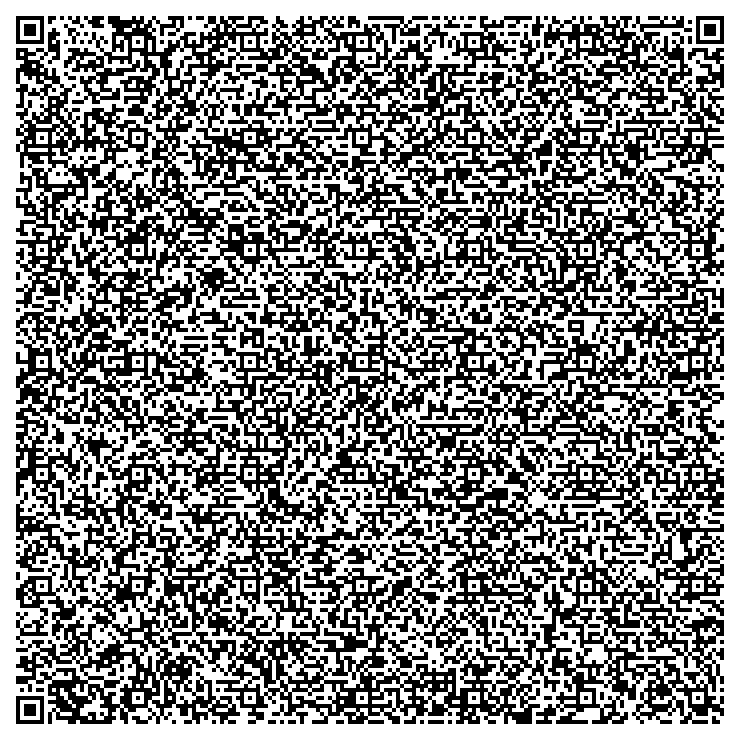
自動車工場のガロア体

Galois Field
In Auto Factory
How QR code works
The story of its birth was trashed by local newspapers and the economic press. Two years later, when it was first introduced, in a tiny article at the bottom of a page, as a mark that stores the information with a combination of black and white dots, no readers could imagine what it looked like. Nowadays, we all know what it is and how to use it. Why on earth was the QR code created and how does it work?
The QR code was developed in the early 1990s at Nippon Denso, which is now known as Denso Corporation. It was designed by an engineer who had long cherished an ambition to invent "something as a global standard" while addressing the pressing needs of the automobile production line.
Toyota Motors controls inventory on its supply chains using kanbans, signboards that list the names and quantities of parts on it, that come and go as purchase orders and delivery slips. Denso had developed the barcodes (ND codes), which were printed on kanbans, to automate data verification at every gate of the factories.
Around 1990, when the bubble economy was at its peak, the number of parts and suppliers exponentially increased to respond to the unprecedented demand for cars with rich varieties of options. The ND code had hit its limit because it could record only 63-digit numbers. The burden of manually scanning multiple codes in a row could no longer be ignored.
In those days, Denso had an overwhelming market share in barcode readers in Japan. It was Masahiro Hara, however, who was consulted by its Nishio factory to do something about barcodes. He was not in charge of barcodes but was developing OCR (Optical Character Recognition) devices that automatically read the characters on export documents. In 1992, he proposed to his boss that Denso develop a new two-dimensional code of its own instead of ad hoc revised barcodes. He had expertise in image processing.
His development team set a goal to make the code oil-blur resistant and fast to read, which was lacking in the 2D codes that had been already developed by U.S. companies. In 1994, the original specification of the code was completed and announced as QR code. It might be unfair to blame poor reporters, who did not write the debut of this outstanding invention, for their myopia since there was no real product yet. The following year, the company began a field test of the first device at its Takatana factory in Anjo, Aichi.
How QR code works
How does the QR code work? Let's try to decipher a sample code step by step.
When the reading software captures an image from the camera, it immediately processes the data as follows.
First, it determines the version (model number) of the code from the grid pattern of the image. The model number ranges from version 1, which has 21 cells vertically and horizontally, to version 40, which has 177 cells respectively. In this example, the number of cells per side is , which indicates that the version is .
Next, the software reads out the settings (format information) used for this code. This information is located next to the three squares, called cut-out symbols, in the corners. To determine the format, the software searches for the closest black-and-white pattern in the specification list.
In this example, we know that the setting is inversion mask , correction level .
The inversion mask is a kind of makeup applied to the code to make it easy to read. It must be stripped away before reading the data. When we invert the black and white according to the mask , the true face of the QR code would emerge like this.
Finally, we take every eight cells from the bottom right corner and interpret them as a binary number.
Thus obtained , are the body of data incorporated in the code.
Let's not become complacent. We are still at the threshold of decoding.
